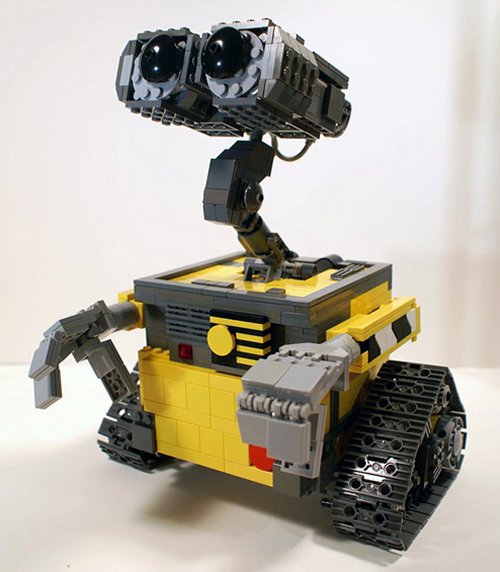mini-munny vs lego
 Saturday, September 12, 2009 at 1:31PM
Saturday, September 12, 2009 at 1:31PM Great link recommended by colleague Daniela Guido about a toy that is a tabula rasa - a blank slate you can color and dress any way you want: the Mini-munny.

Customer-driven innovation used to mean getting people to tell you how to make your next product better/faster/cheaper. For this company, it means "we don't have to manufacture to the market's needs segment by segment, do what you want, and it's all yours." A segment of one. Extreme personalization. Letting customers get creative. Getting them to show and talk about the product and company.
But then there's LEGO. If you create a toy with their parts and want to publicize it, you can do that on their site. Customer creativity gets a platform for expression, and both current and potential customers can paw through the creations of proud LEGO customers.
Which is a more successful approach?
Before you answer, do the math and add the mind. 1. How many exposures to customer creativity are generated? 2. How many socially credible communications are transmitted? 3. How are such exposures and communications linked to a moment of "buying", where people can act based on their emotionally-driven desire to participate in the brand/activity? 4. Which is more sensual? 5. Which is more memorable? 6. Which gathers the most customer insight?
Which is more profitable in the short term? Which is more profitable in the longer term? How would the answer to this question affect your product strategy? Your customer strategy?





Reader Comments